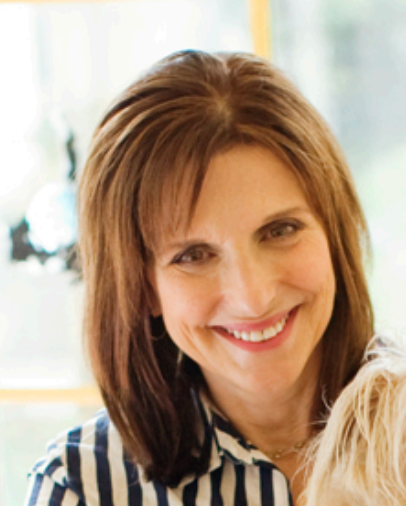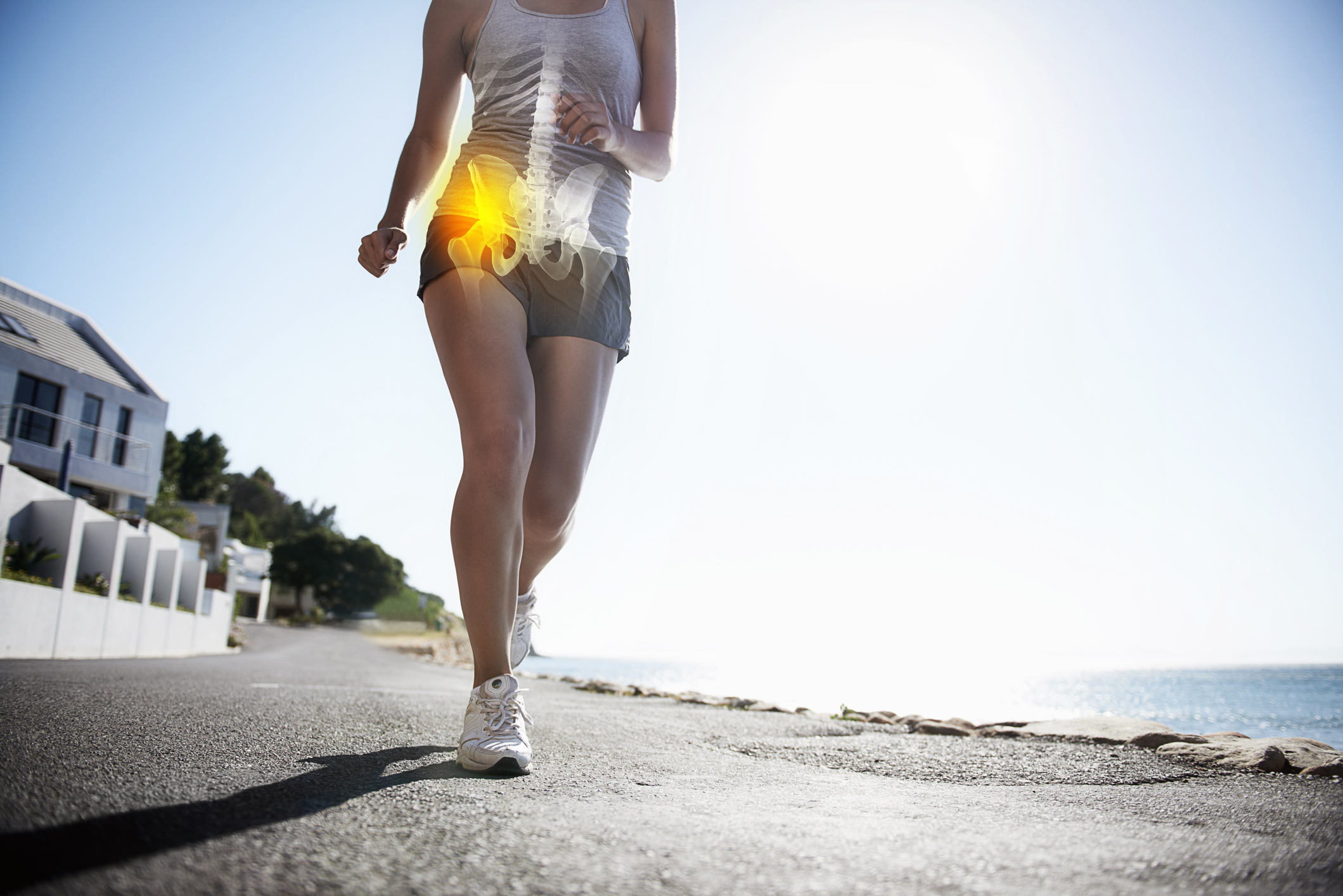Pfizer’s Chief Patient Officer, Dr. Freda Lewis-Hall, is partnering with other top health experts for the best tips on how to Get Healthy, Stay Healthy.
Physical pain is an inescapable part of life no matter how healthy you are. For most of us, pain is temporary, for example when we experience a headache or a sports injury. And while that is rarely a consolation in the moments when we feel it, acute pain serves a valuable function, says Dr. Marcia D. Wolf, M.D., Medical Director at the Mid Atlantic Pain Medicine Center and Clinical Instructor at Johns Hopkins University, School of Medicine. Pain acts as a signal of tissue damage initially. “Once the tissue-damaging event has stopped, the brain dampens the pain signal so you are not continuously aware of it — and it stops hurting,” says Dr. Wolf.
But with chronic pain, “the signal goes haywire and something hijacks the normal response,” says Dr. Wolf. “Chronic pain is the rewiring and amplification of a signal that should have been shut off.” Statistics on the subject are sobering. A report from the Centers for Disease Control and Prevention found that one in five U.S. adults are living with chronic pain. “Pain becomes chronic when it has persisted beyond its usefulness,” explains Dr. Wolf. “We used to say that if it continued for three months it was chronic. Now we know it can be chronic in 10 days.”
What’s more, chronic pain can be exacerbated by stress, both emotional and physiological. “It’s a chicken and egg scenario, or a continual loop,” Dr. Wolf tells Thrive. “Once you have it, the more you agonize over it, the more it can intensify.”
Chris Stake, who has experienced chronic pain for almost two decades, knows this intensity well. Stake, 48, developed osteoarthritis of the hip in her early 30s. “It got so bad, I was actually crawling up the stairs of my house,” she says. A hip replacement has alleviated the osteoarthritis, but now Stake suffers from migraines. “I feel like there’s a tight rubber band around my head that I just want to cut off to release the pressure, and I get nausea too.”
Stake believes her temperament and positive attitude have helped her to cope. “I look for solutions and how can I address the problem so I don’t feel defeated,” she says. Along with identifying and avoiding triggers for her migraines, including alcohol, incorporating small Microsteps into her daily life, such as making time for exercise and meditation, has provided some relief.
Dr. Wolf is an advocate of these small, everyday behaviors that can have a huge impact. “I tell patients that stress is what turns up the volume on the chronic pain.” If you can get control of the stress, you may also be able to turn the volume down on the pain so you won’t feel as bad. To help, here are a few science-backed strategies you can try.
Prioritize sleep
Quality sleep needs to be a top priority for people with chronic pain, Dr. Wolf tells Thrive. Acknowledging that sleep may prove to be more of a challenge for chronic pain sufferers, her advice is to focus on the things you can control — things that really make a difference. For instance, try to avoid caffeine in the afternoon and evening; make sure the room temperature is comfortable (not too warm and not too cold); consider an ice pack or a heating pad in bed. (Just make sure to use a heating pad that is safety-certified and is equipped with an auto shut-off function). You could also experiment with different pillows for support. “If you wake up and feel like you need to get up and move around, that’s OK,” Dr. Wolf says. “I also recommend people with chronic pain get tested for sleep apnea, because we know that sleep disorders can worsen the pain response.”
Be mindful
Mindfulness can be a useful tool for dealing with chronic pain. “Mindfulness gives me a sense of empowerment, so I feel I have some control over my health. And it takes away the stress that contributes to my migraines,” says Stake. Dr. Wolf believes the power of mindfulness lies in its ability to “take your attention away from the body part that hurts in order to stay present in what you’re doing, whether that’s folding laundry or walking in nature.” There’s no single right way to practice mindfulness, and Dr. Wolf has one unusual suggestion: “I recommend to my patients with chronic pain that they consider buying a fish tank, or simply look at marine life on the TV screen. Studies have shown that watching fish helps people relax.”
Use your breath
Breathing exercises can’t be underestimated when it comes to stress and pain relief, says Dr. Wolf. “Get into a comfortable position and focus on your breath. Inhale deeply, with a slight hold, followed by a concentrated, prolonged exhale as you imagine releasing the pain from the body and relaxing the muscles.” Do this simple technique as often as you like for at least a couple of minutes, adds Dr. Wolf.
Exercise
There’s a common myth that movement is off-limits for people who experience pain, but low or no impact exercise can often be beneficial. “I’m a huge proponent of people with chronic pain getting into water — especially warm water, such as a heated swimming pool,” says Dr. Wolf. “Just float, or walk, or stand in the water.” Low impact Zumba or any gentle dance class is a good possibility for many people, continues Dr. Wolf, because there’s constant motion combined with the mood-boosting effects of music. Stretching is great too, but Dr. Wolf advises people to avoid yoga, unless they are experienced or have their doctor’s OK first. “Certain poses can be stressful. I want people to stretch their muscles, not their tendons,” she says.
Cut yourself some slack
Dr. Wolf points out that there is a balance between committing to taking steps to feel better and being gentle with yourself. “If you had a horrible day, give yourself permission to be human. It’s OK to take a break from exercise, for example, and not feel guilty. Just get back on track as soon as you can.”


